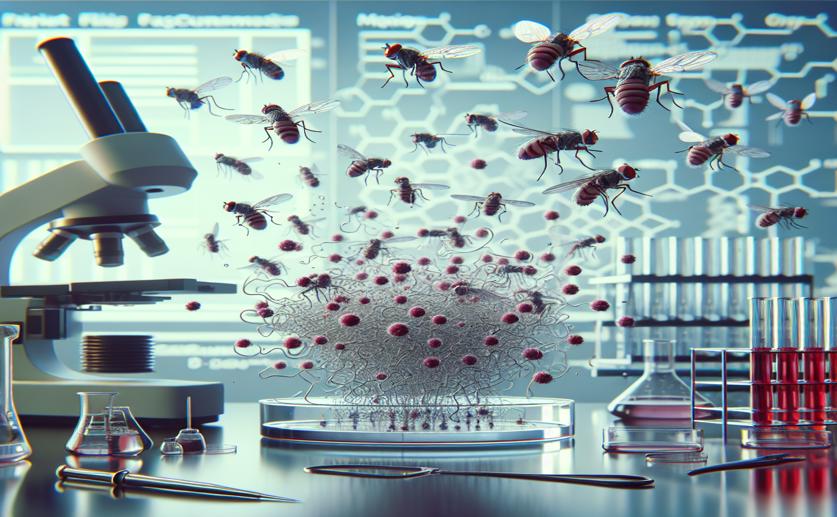
Examining Stress Responses in Fruit Flies to an Artificial Dye
Jenn Hoskins
19th January, 2024

Image Source: Natural Science News, 2024
References
Main Study
1) Biochemical and molecular assessment of oxidative stress in fruit fly exposed to azo dye Brilliant Black PN.
Published 18th January, 2024
https://doi.org/10.1007/s11033-023-09108-7



 15th January, 2024 | Jenn Hoskins
15th January, 2024 | Jenn Hoskins